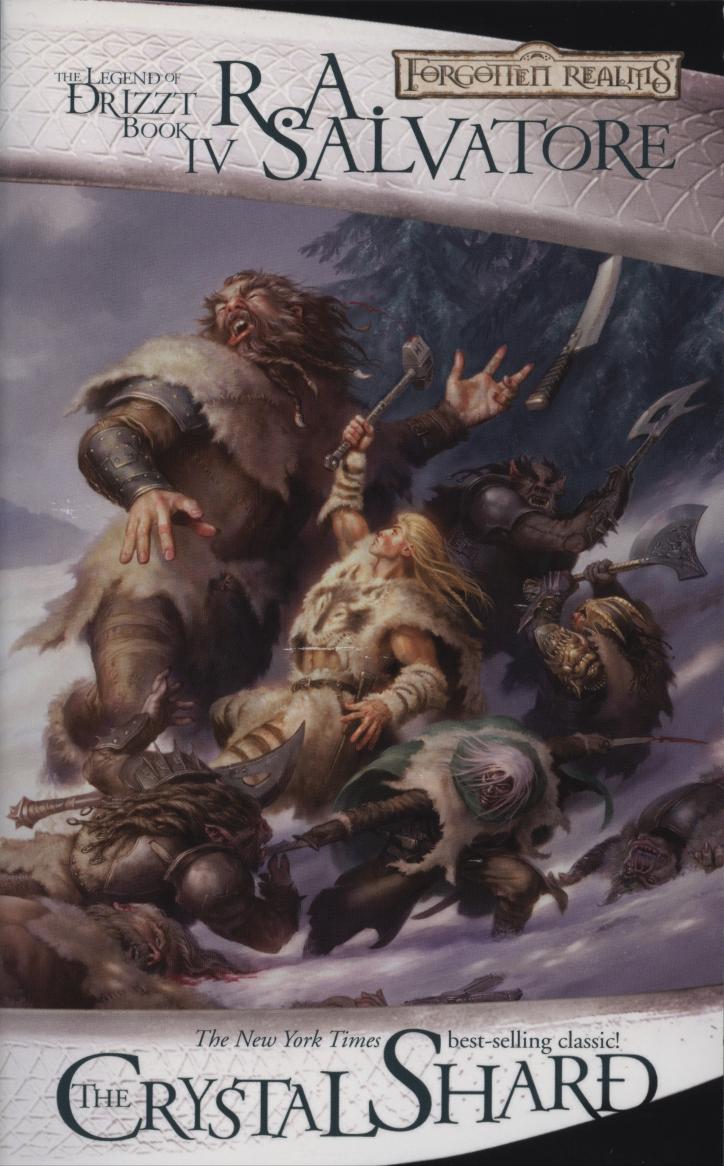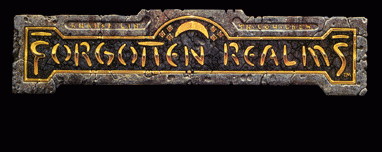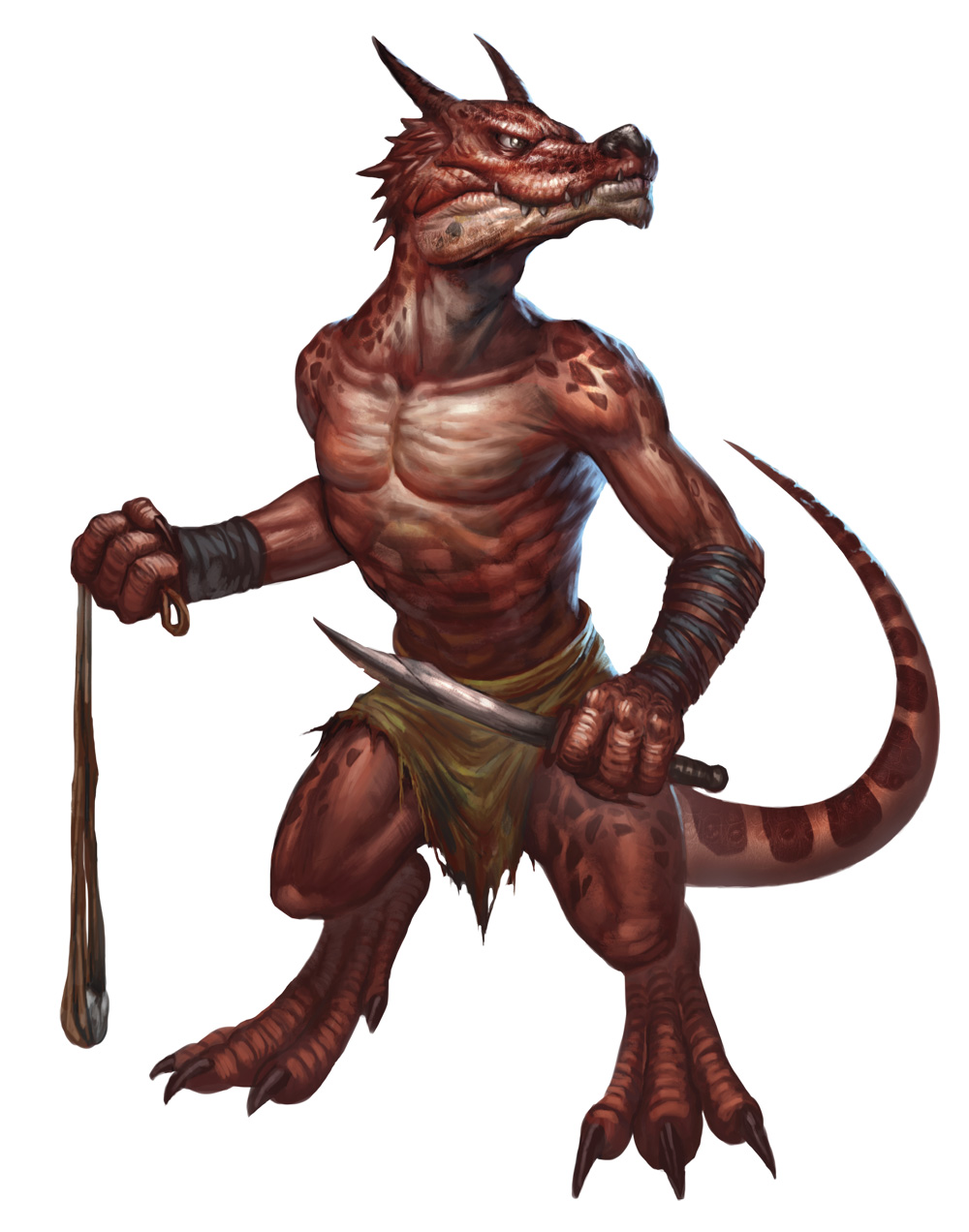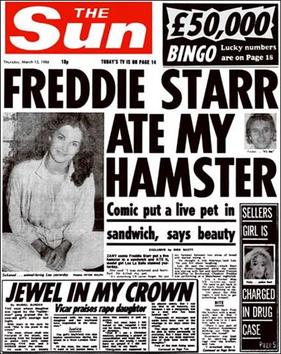This is the first of two posts about pre generated characters or pre-gens. I have been thinking about them a lot recently and thought I would get some ideas down.
In a recent game it started out as being intended at a one off session and set at about 10th level. The GM then took four characters from Heroes and Rogues and modified them slightly to fit his idea for the party. He stripped out skills, changed weapons and armour skills and other modifications. He like me feels there are too many skills in RM2 but that is a different can of worms.
When we came to play he was going to dish out the characters and the impression he gave was that he was going to put characters to players in such a way that the person who never plays a spell caster was the magician, the one who always wants to be the elven mage would be the human fighter. The most agressive in your face player would be given the subtle thief and so on. This was met with horror by most of the players.
The one who never plays a magic users did so because he didn’t like magic users, had never read spell law, never intends to read spell law. The one who loves mages has always hated fighters and only realy roleplays because of his love of magical fantasy and so it went on. Most of the players only play in the single group whereas I play with several groups. The GM thought that I and a dyed in the wool fighter because with him I played a very successful fighter for may years. In reality one of my favourite characters was a Lay Healer but I never played it with him.
Anyway the GM gave in and everyone took the character they most wanted to play of those on offer. The sessionn got under way and everyone had a great time. When we next got together everyone wanted to carry on the game and the GM said yes, fine. At this point it became apparent that some of the skills that the GM had stripped out to make the characters really easy to get to grips with in session one were actually really important to an ongoing campaign.
So we started to add skills back in. Some skills the characters had in the original book really didn’t exist in the GMs version of Shadow World and so we asked could we reallocate those development points into skills that the GM does use and the character/player wanted. “Yes, fine” said the GM. When I say ‘we asked’ I mean two of the four players had thought of this. The other two either didn’t have the rules or never read their copy of the rules. So at this point the characters started to form into two tiers. Those that had full use of their development points and those that had lost out on abut a quarter of all their development points because they had been stripped out and not reallocated.
The other change the GM had made was in creating the pre-gens was to choose their weapons and armour to suit his vision. Some of the combinations were far from practical. The rangers prime weapon was a bow and he only used a soft leather jacket for protection. The thief was given thrown Dagger as his main weapon, again just with soft leather. The Fighter was given greatsword as his prime weapon and Frenzy as a skill to go with it. Put the party in confined quarters for a fight and they were as likely to kill each other as any of the enemy.
Because of the way the skills system works in Rolemaster it is really really difficult to learn a new weapon at 10th level so you are kind of stuck with what you have. Also your weapon really defines everything about your character in combat. An archer is not going to charge into battle, a frenzied greatsword wielder is not going to go for subtle sword play and stealth and if you only have a dagger you are not going to live very long.
I think leaving the actual specific choice of weapon down to the player would be been a better option. That is not the same as having to roll up a character. I also think that reallocating the development points should have been all or nothing. Either the GM says to all the players you can have X points to spend on any skills to personalise your characters or he says ‘No’ across the board and you start learning those missing skills from the minute play starts.
I don’t know which would have been best but what happened in the end was that the mage was one of those that got the extra development points and ended up about 8 levels higher than those that didn’t and the thief who likewise got the extra DPs spent them on learning two weapon combo and adrenal move speed and was the walking, talking Shadow World gattling gun. He ended up the highest level character in the party.
At the start of the game none of these problems were foreseen but with hindsight they are glaring but would we still have had problems if the GM had insisted on no character changes and a level playing field?
 This may be book book four in the legend of Drizzt but this was the first Drizzt book written by R A Salvatore. It is also the first book in the Icewind Dale Trilogy.
This may be book book four in the legend of Drizzt but this was the first Drizzt book written by R A Salvatore. It is also the first book in the Icewind Dale Trilogy.





